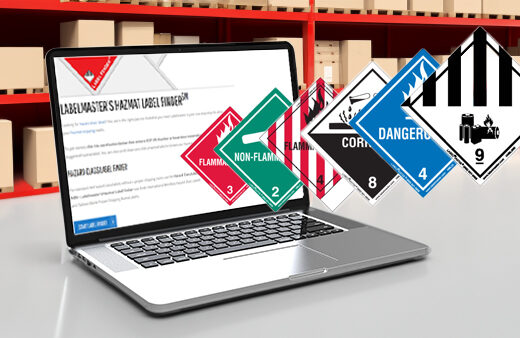On the 11th January 2014, Transport Canada’s regulatory arm proposed changes to the regulations governing the construction of railway tank cars in Canada, as well as for the cars operating there which may not have been constructed in country (i.e., primarily US built cars).
-
Introducing Greif Drums: The Smarter, Stronger, and More Sustainable Solution for Hazardous Material Storage
-
Embracing Sustainability in DG Packaging: A Path Forward
-
Have a hazmat question? Have a phone? Call our DG Regulations Hotline!
-
Label Finder Updates Include International Shipping Options
-
Want more large-format lithium battery packaging options? We’ve got good news.
Latest Posts
US FMCSA Extends Paper Medical Certificate Retention/Carriage Date for CDL/CLP Holders
In the January 14th, 2014 edition of the US Federal Register, the United States Department of Transportation’s (USDOT) Federal Motor Carrier Safety Administration (FMCSA) extended by one year the requirement that holders of Commercial Driver’s Licenses (CDL) or Commercial Learner’s Permits (CLP) carry a paper copy of their Medical Examiner’s Certificate when operating a commercial…
US FMCSA Extends Paper Medical Certificate Retention/Carriage Date for CDL/CLP Holders
In the January 14th, 2014 edition of the US Federal Register, the United States Department of Transportation’s (USDOT) Federal Motor Carrier Safety Administration (FMCSA) extended by one year the requirement that holders of Commercial Driver’s Licenses (CDL) or Commercial Learner’s Permits (CLP) carry a paper copy of their Medical Examiner’s Certificate when operating a commercial…
Happy Holidays — From Labelmaster!
The team at Labelmaster wish you all happy and safe holidays. Our offices will be closed on Christmas Day and New Years Day. Enjoy the season!
2013 Year-end Compliance Highlights (Part 3 of 3)
In Part 1, we highlighted the OSHA HazCom 2012/GHS Training Deadline and in Part 2, we highlighted the PHMSA DOT Final Rule, and in the third part in our Year-end Compliance series, we discuss the Hazardous Materials Marking requirement change. With regards to hazardous material shipments in non-bulk quantity, shippers must mark their hazmat packages…
2013 Year-end Compliance Highlights (Part 2 of 3)
On Friday, December 6th, Labelmaster published the first in our three part series on 2013 Year-end Compliance Highlights that will continue to have an impact on workplace and transportation practices well into 2014. In the second installment, we highlight PHMSA DOT Final Rule. This final rule was published in Federal Register on October 31st and…
2013 Year-end Compliance Highlights (Part 1 of 3)
Over the next few days, Labelmaster will compile a roundup regulatory compliance highlights from 2013 that will impact workplace and transportation practices. Today’s highlight: OSHA’s HazCom 2012 Training Deadline. The 2012 changes to OSHA’s Hazard Communication Standard (HCS) brought the United States into alignment with the Globally Harmonized System of Classification and Labeling of Chemicals (GHS).
USDOT Revises Drug & Alcohol Testing Rates for 2014
On Thursday, December 5th, 2013, the United States Department of Transportation (USDOT) released its revised Random Drug & Alcohol Testing Rate directives for its component agencies.
FRA/PHMSA Expand on Emergency Order 28 in Response to Quebec Derailment
FRA/PHMSA conduct “Operation Classification” enforcement action. The Pipeline and Hazardous Materials Safety Administration (PHMSA) and the Federal Railroad Administration (FRA) continue to respond to the disastrous railroad derailment in La Megantic, Quebec on July 6th, 2013. In that incident, an unmanned and unattended Montreal, Maine, & Atlantic (MM&A) freight train carrying crude oil derailed after…
FRA/PHMSA Expand on Emergency Order 28 in Response to Quebec Derailment
FRA/PHMSA conduct “Operation Classification” enforcement action. The Pipeline and Hazardous Materials Safety Administration (PHMSA) and the Federal Railroad Administration (FRA) continue to respond to the disastrous railroad derailment in La Megantic, Quebec on July 6th, 2013. In that incident, an unmanned and unattended Montreal, Maine, & Atlantic (MM&A) freight train carrying crude oil derailed after…











